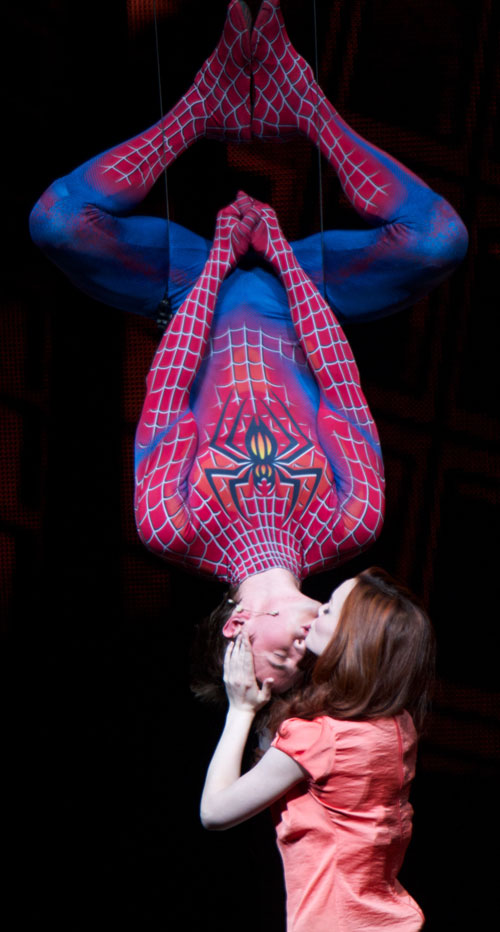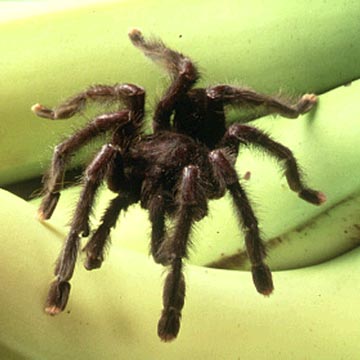The tale tells us that Iktomi, the joking master of knowledge, appeared in front of Lakota, the old spiritual leader, in the shape of a spider, and then he began talking about weaving a web, a spider web, on a willow hoop with feathers and horse hair. Once he´d finished he gave it to old Lakota and told him: “The spider web is a perfect circle, but in the middle there´s a hole, use to to help yourself and your people. If you believe in the Great Spirit, the spider web will trap your ideas and the bad ones will disappear through the hole”. Old Lakota showed it to his people, the Sioux indians, and these began to use it as a net for their life. They believe that the dreamcatcher held their future destiny and they hung it over their beds. The nightmares escaped through the hole in the middle of the net, not being part of their dreams anymore, while the good dreams remained in the web of life.

Etymologically, the word ´dreamcatcher´ comes from native American culture, ihá?bla gmunka in Lakota language, which is the Siouan language that was spoken by Lakota´s people in the Sioux tribes. Meanwhile, in Ojibwe, the indian language that belonged to the Algonquian languages, asabikeshiinh is the inanimate form of the word spider and bawaajige nagwaagan means trap for dreams. It´s an object generally made by hand with a willow hoop in which they knit a big web. It´s decorated with sacred and personal objects, such as feathers and other items.
The dreamcatchers are one of the most fascinating traditions of native American indians. Its origin goes back to the protection that it offered to whoever was sleeping thanks to its influence on negative dreams, which were then trapped in the centre of the web, and disappeared with the first rays of sun of the day while the good dreams could filter through the centre of the dreamcatcher and slid through the feathers to the sleeping dreamer.
It´s been part of native American culture for many generations. One of the main elements goes back to the tradition and the meaning that the hoop has for these cultures, which means strength, unity and therefore many of its symbols start around a hoop, such as the dreamcatcher.
It has become very popular outside the pan-Indian cultures and now many people have this decorative object over their beds, which has meant that some North American indian tribes that survived because they haven´t been exterminated, have disowned them, although they never will do the same with their culture.
The new age bands used this sacred object a lot. Another great popularization comes from Margaret Salinger, daughter of the great J. D. Salinger, author of ´The Catcher in the Rye´, who used the idea of the dreamcatcher in the memoir book that she wrote about her father, ´Dream Catcher: A Memo´.
Rent apartments in New york and when you´re relaxing from your walks around the city with its native American past, let your bad dreams escape from inside you and be erased by the first rays of sunlight.

 English
English
